What You Actually Need to Know About Calories and Weight Lifting
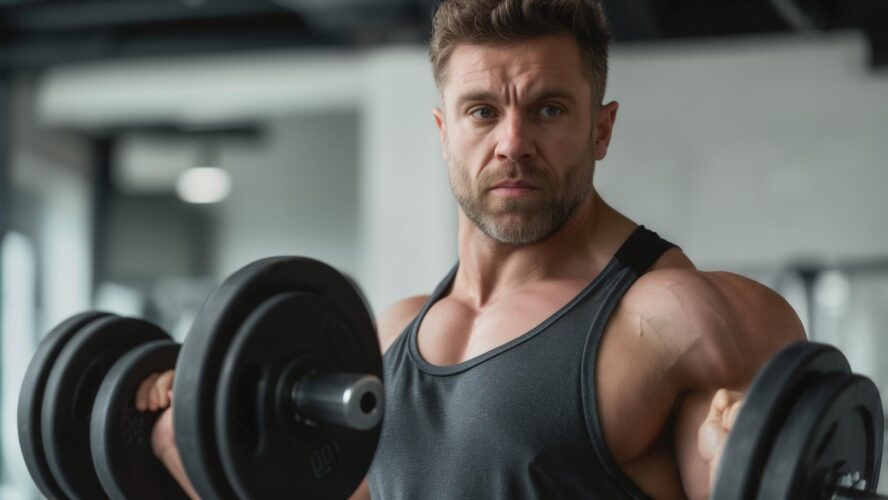
Table of Contents
- The Real Story Behind Weight Lifting and Calorie Burn
- Your Body’s Hidden Calorie-Burning System That Works All Day
- Why Your Fitness Tracker is Probably Wrong (And What to Do About It)
- The Personal Factors That Actually Matter for Your Results
- Simple Ways to Track and Boost Your Results
- The Bottom Line
TL;DR
- Your body keeps burning extra calories for up to 38 hours after lifting weights
- Each pound of muscle you build burns 6-10 calories per day just sitting there
- Lifting at the right intensity with short rest breaks can double your calorie burn
- Compound exercises like squats burn way more calories than bicep curls
- Your genetics, hydration, and even room temperature affect how many calories you burn
- Changing up your routine every few weeks keeps your metabolism from getting lazy
The Real Story Behind Weight Lifting and Calorie Burn
Look, I get it – figuring out how many calories you actually burn lifting weights is confusing. Your fitness tracker shows one number, online calculators give you another, and your gym buddy swears by some formula they found on Reddit.
Here’s what I wish someone had told me when I started lifting: the calories you burn during your workout are just the beginning. I remember getting frustrated seeing only 150 calories on my watch after an hour of heavy squats, thinking I was wasting my time compared to the 400 calories I’d burn running. Turns out, I was completely missing the bigger picture.
How many calories does lifting weights burn isn’t really the right question. It’s more like asking how much money you make from a single day of work versus your entire career. The real payoff comes later.
Research shows that lifting weights for 30 minutes burns roughly between 110 and 210 calories during the actual workout, depending on your body weight and how hard you’re working, according to StrengthLog’s comprehensive analysis. But that’s just what happens while you’re in the gym.
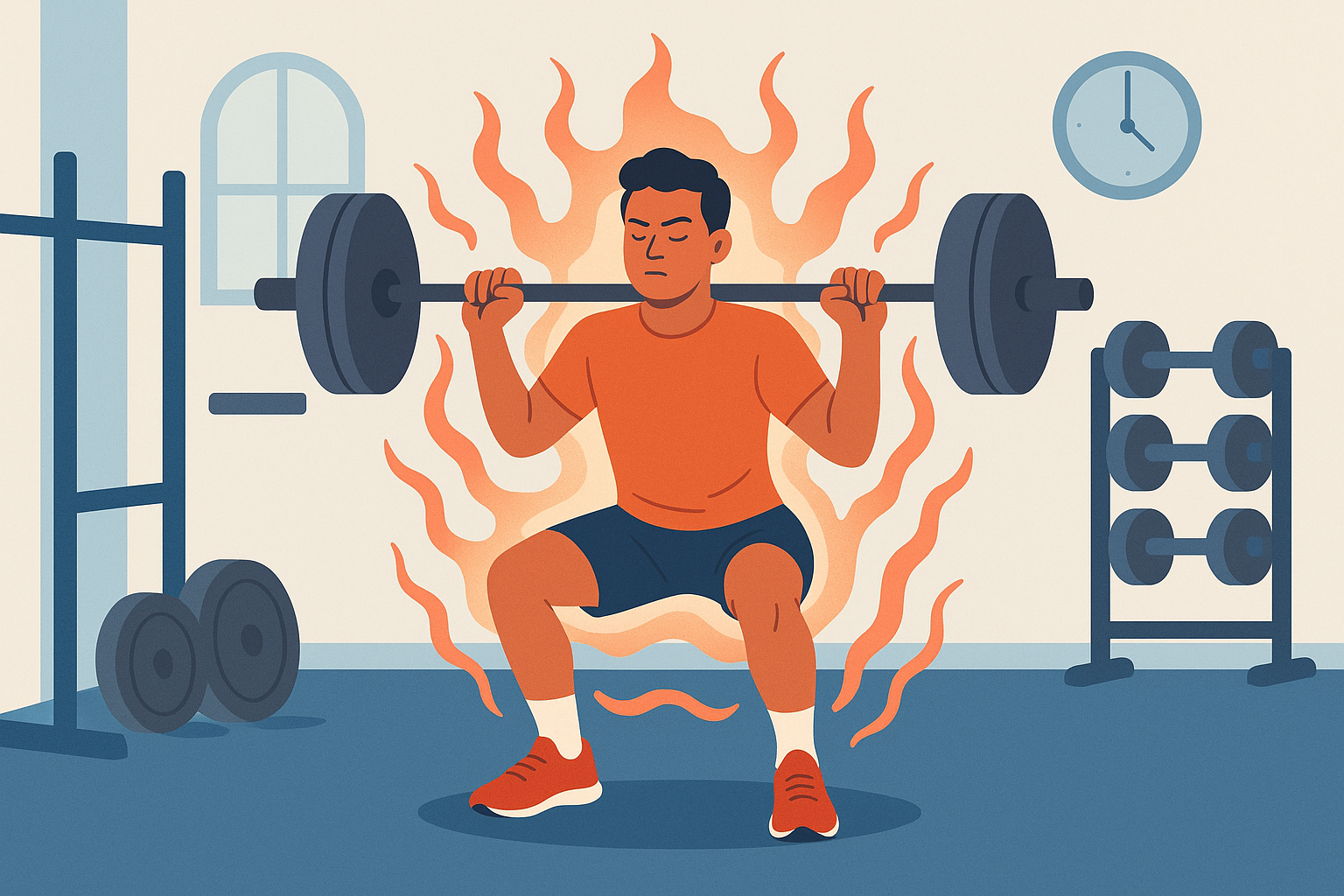
Here’s what’s really interesting: recent research highlighted by “HealthDay” shows that weightlifting was associated with significantly lowering a person’s odds of dying early by up to 47%, especially when combined with aerobic exercise. So we’re not just talking about calories here – we’re talking about your overall health.
Think of it this way – if cardio is like a sprint for calorie burning, weight lifting is like a marathon. You might not see huge numbers on your watch, but your body keeps working for you long after you’ve left the gym.
Your Body’s Hidden Calorie-Burning System That Works All Day
Here’s the cool part – your body keeps burning extra calories for hours after you finish lifting. It’s like your metabolism stays revved up, working overtime even while you’re sleeping or sitting at your desk the next day.
This isn’t some fitness marketing myth. It’s called EPOC (Excess Post-Exercise Oxygen Consumption), but you don’t need to remember that fancy name. Just know that it’s real, and it’s why people who lift weights often see better results than people who only do cardio.
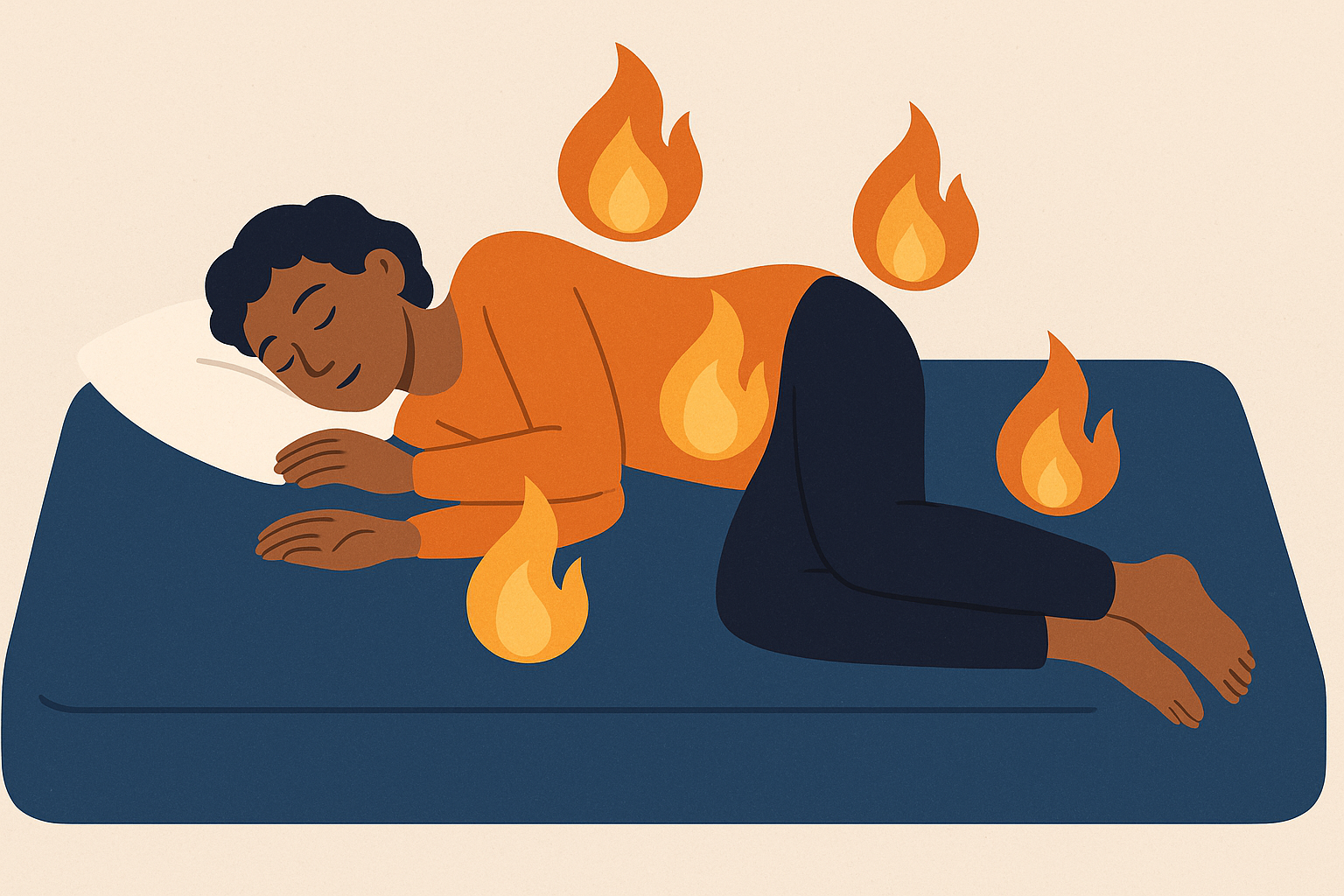
What’s Actually Happening in Your Body
During heavy lifting, your muscles work so hard they can’t get enough oxygen in real-time. It’s like running up a flight of stairs and getting winded – your body has to catch up afterward. This creates what scientists call an “oxygen debt” that your body spends the next day or two paying back.
Let’s say you do a solid 45-minute workout. You might burn around 200 calories during the session, but your body keeps working and burns maybe another 50-75 calories throughout the day. It’s not huge, but it adds up, especially if you’re lifting regularly.
I started paying attention to how I felt after different types of workouts, and honestly, the difference was pretty obvious once I knew what to look for. After a good lifting session, I’d feel warmer and more energized for hours. That’s your metabolism working.
Why Muscle Damage is Actually Good News
Those sore muscles after a workout? They’re not just a sign you worked hard – they’re calorie-burning factories. Your body burns calories to repair and rebuild those muscle fibers, and this process takes days.
It’s like your body is working a construction job around the clock, and construction work burns a lot of energy. The harder you work your muscles, the more repair work needs to be done, and the more calories get burned in the process.
The Hormone Factor
Weight lifting also triggers your body to release hormones that help burn fat. Growth hormone, testosterone, and others create an environment where your body prefers to burn fat for fuel. This happens naturally – you don’t need to do anything special except lift consistently.
Why Building Muscle is Your Best Long-Term Investment
Every pound of muscle you add becomes a permanent calorie-burning asset. Muscle tissue burns 6-10 calories per day just existing, which might not sound like much until you realize it compounds over time.
Add 10 pounds of muscle over a year or two, and you’re burning an extra 60-100 calories daily without doing anything. That’s like getting a free 20-minute walk every day for the rest of your life.
According to OmniCalculator’s analysis, an adequate amount of weight lifting burns 315 calories per hour, and for weight loss goals, 11.9 hours of weightlifting will help you lose 0.5 kg of fat.
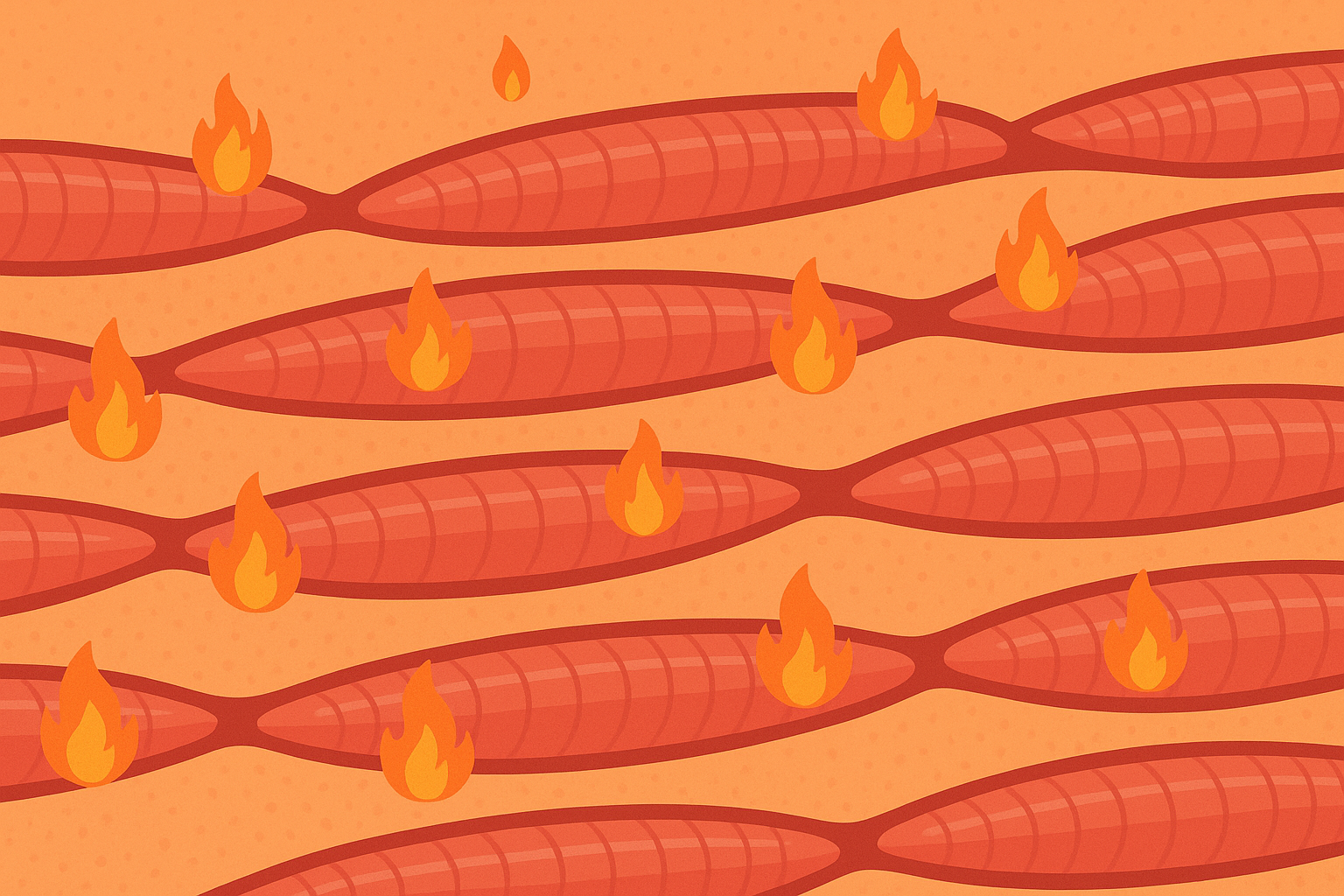
Your Body is Constantly Working to Maintain Muscle
Building and maintaining muscle requires constant work from your body. It’s literally burning calories 24/7 just to keep your muscles intact and growing. This process can account for up to 20% of all the calories you burn in a day.
The Efficiency Paradox
Here’s something that might seem backwards: as you get stronger and more efficient at lifting, you might actually burn fewer calories during your workouts. But you’re gaining muscle mass, which increases how many calories you burn every single day.
I’d rather burn slightly fewer calories during my workout if it means my body burns significantly more calories every day for months and years to come. It’s like choosing between a one-time payment and a lifetime pension.
Why Your Fitness Tracker is Probably Wrong (And What to Do About It)
Most fitness apps and wearable devices are pretty bad at calculating calories burned from weight lifting. They’re designed for steady-state cardio, not the stop-and-start nature of lifting weights.
I know it’s annoying when fitness apps give you different numbers every time, but don’t get too hung up on it. The exact numbers matter less than understanding the general principles and being consistent.
| Calculation Method | How Accurate | What It Misses |
|---|---|---|
| Fitness Apps | Not very (40-60%) | The afterburn effect, your individual factors |
| Heart Rate Monitors | Better (50-70%) | How your muscles actually work during lifting |
| Online Calculators | Decent (60-75%) | Your specific workout intensity and rest periods |
| Professional Testing | Pretty good (85-95%) | Real-world variations in your routine |
The Sweet Spot for Maximum Burn
You want to lift heavy enough that the last few reps are challenging, but not so heavy that you can only do 3 reps. That sweet spot – what experts call 70-85% of your maximum – is where the magic happens.
You don’t need to calculate exact percentages. Just lift weights that make you work hard but still allow you to complete your sets with good form.
Why Your Rest Periods Matter More Than You Think
How long you rest between sets can change your total calorie burn by up to 40%. Most people either rest too long (losing the metabolic benefit) or too short (getting too tired to maintain good form).
Don’t overthink it – just count to 60 and get back to it. This keeps your heart rate up while giving you enough recovery to lift effectively.
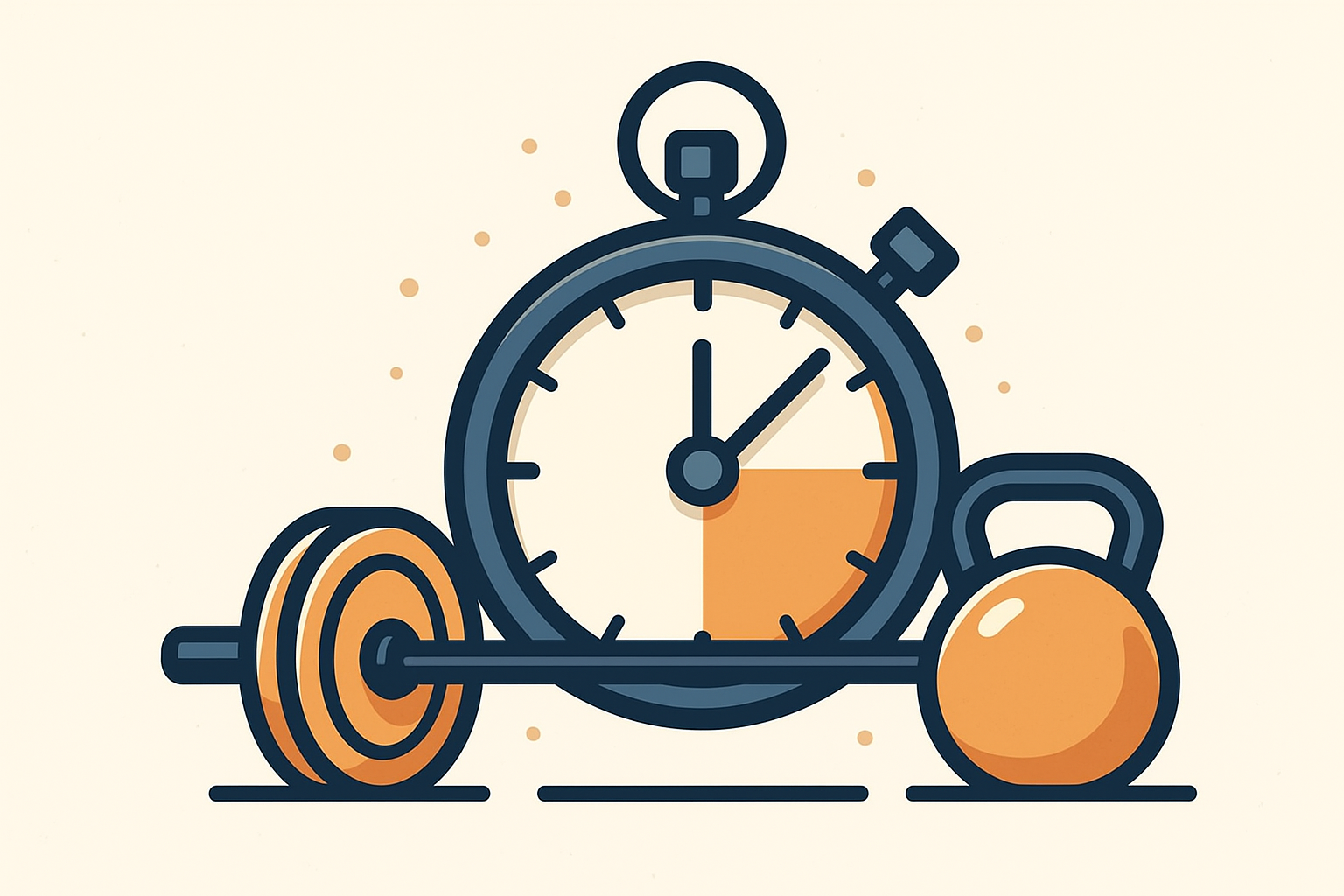
I tested this myself over several weeks. When I rested 3 minutes between sets, my workouts felt easier but my fitness tracker showed lower calorie burns. When I cut my rest to about a minute, the workouts were more challenging and the calorie burn was noticeably higher.
Compound Exercises Are Your Friend
Multi-joint exercises like squats, deadlifts, and pull-ups work multiple muscle groups at once, burning 25-35% more calories than isolation exercises like bicep curls.
You’re getting more bang for your buck with every rep. Plus, these exercises are more functional and will make you stronger for real-life activities.
| Exercise Type | Calories Per Hour* | How Many Muscles | Afterburn Duration |
|---|---|---|---|
| Squats, Deadlifts | 350-450 | Lots | 24-38 hours |
| Bicep Curls, etc. | 250-320 | Just a few | 12-18 hours |
| Circuit Training | 400-550 | Everything | 30-48 hours |
| Heavy Lifting (long rests) | 200-280 | Several | 18-24 hours |
*For a 180-pound person
The Personal Factors That Actually Matter for Your Results
Two people can do the exact same workout and burn completely different amounts of calories. Some of this depends on your genetics, which sucks but is what it is. Other factors you can actually control.
Understanding these variables helps you optimize your approach rather than getting frustrated when your results don’t match someone else’s.
According to recent findings from “Prevention Magazine”, muscle burns more calories at rest than fat tissue, and the American College of Sports Medicine now recommends that the average person lift weights twice per week.
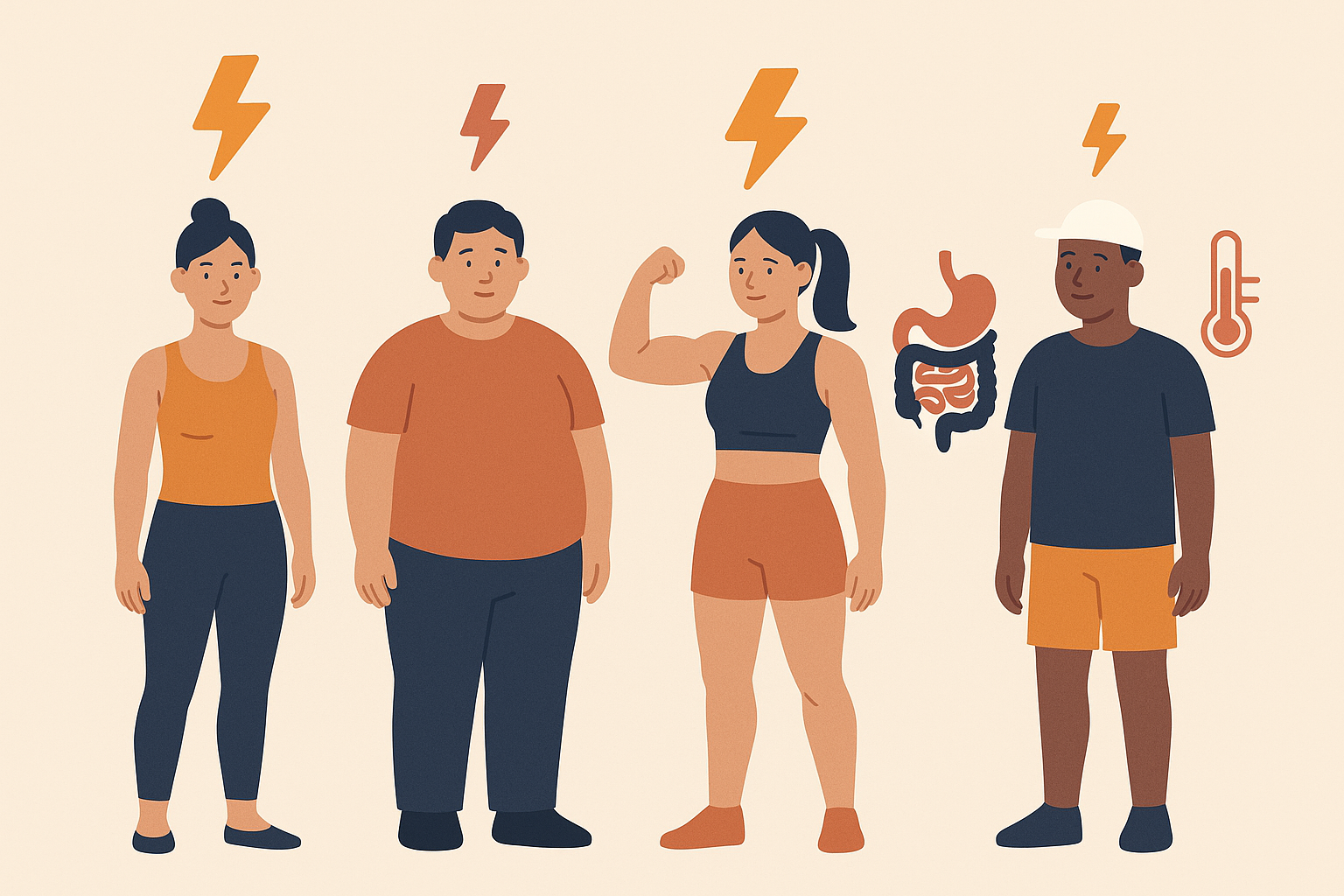
Your Body Composition Makes a Difference
Your muscle-to-fat ratio, bone density, and even the types of muscle fibers you were born with all impact how many calories you burn. These aren’t things you can change overnight, but understanding them helps set realistic expectations.
The Genetic Factor
Some people are blessed with muscle fibers that burn up to 30% more calories during high-intensity training. If you’re one of those people, great. If not, don’t worry – you can still get excellent results by working with what you have.
Research from StrengthLog shows that the human body is only about 20% efficient, meaning that for every calorie of actual work you do, you burn about five calories total. The rest gets lost as heat, which is actually good news for calorie burning.
Things You Can Actually Control
Temperature, sleep quality, hydration, and even what you ate before your workout can increase or decrease your calorie burn by 15-25%. These might seem minor, but they add up over time.
Room Temperature Matters
Training in slightly cooler environments (around 65-68°F) makes your body work a little harder to stay warm, burning extra calories. Too cold and you’ll be uncomfortable; too warm and you’ll get tired faster.
Stay Hydrated
Even being a little dehydrated can reduce your calorie burn by up to 15%. Your muscles don’t work as efficiently when you’re dehydrated, which means less work gets done and fewer calories get burned.
I tracked my workouts for a couple months, comparing sessions when I was well-hydrated versus times when I was running on just coffee. The difference was noticeable – not just in how I felt, but in the numbers my fitness tracker recorded.
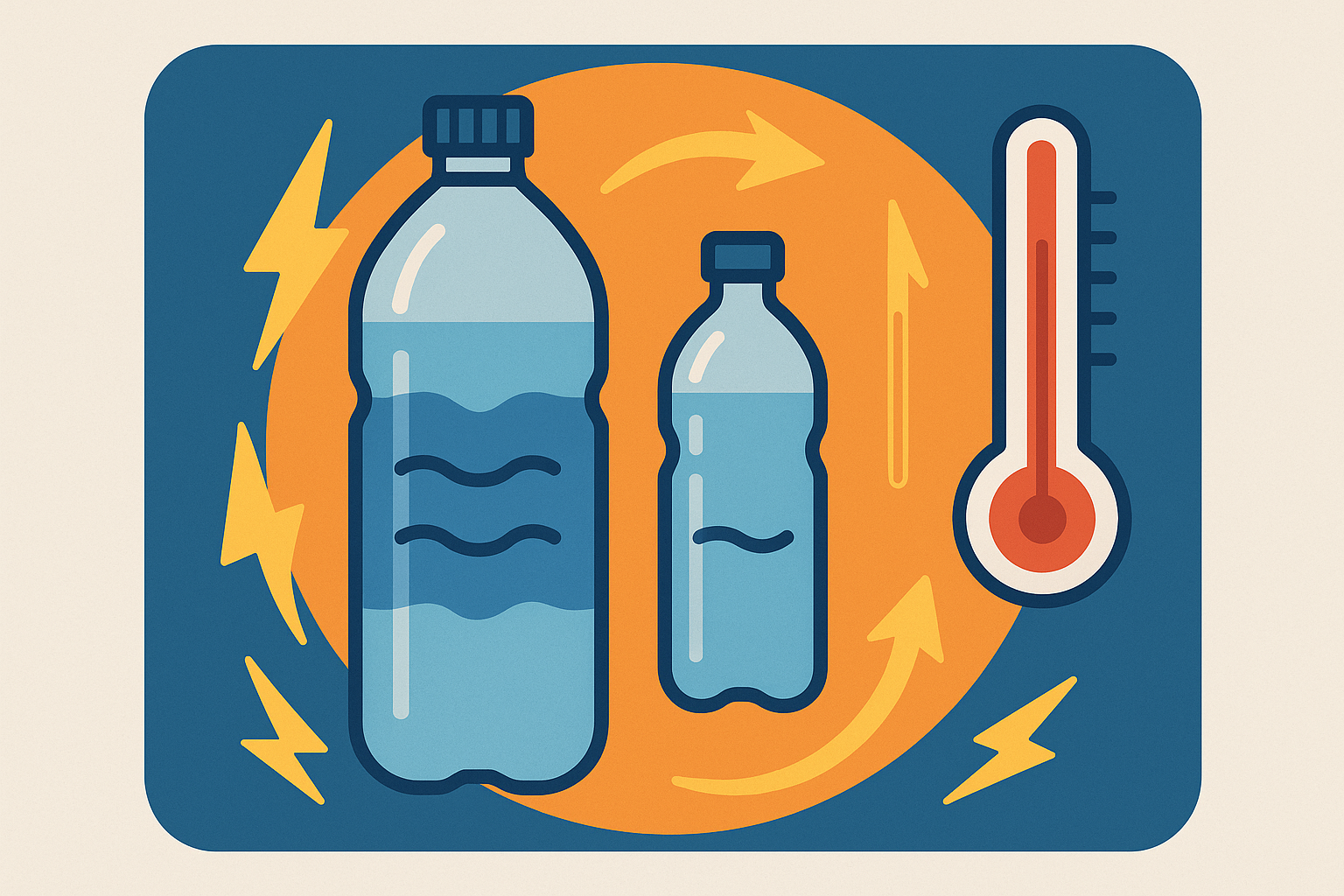
Simple Ways to Track and Boost Your Results
You don’t need fancy equipment or a PhD to figure this out. Most people overthink the tracking and under-think the consistency.
Beyond Basic Heart Rate Monitors
New fitness trackers are getting better at measuring the complex metabolic response from weight lifting, but they’re still not perfect. Heart rate alone doesn’t tell the whole story, especially for resistance training.
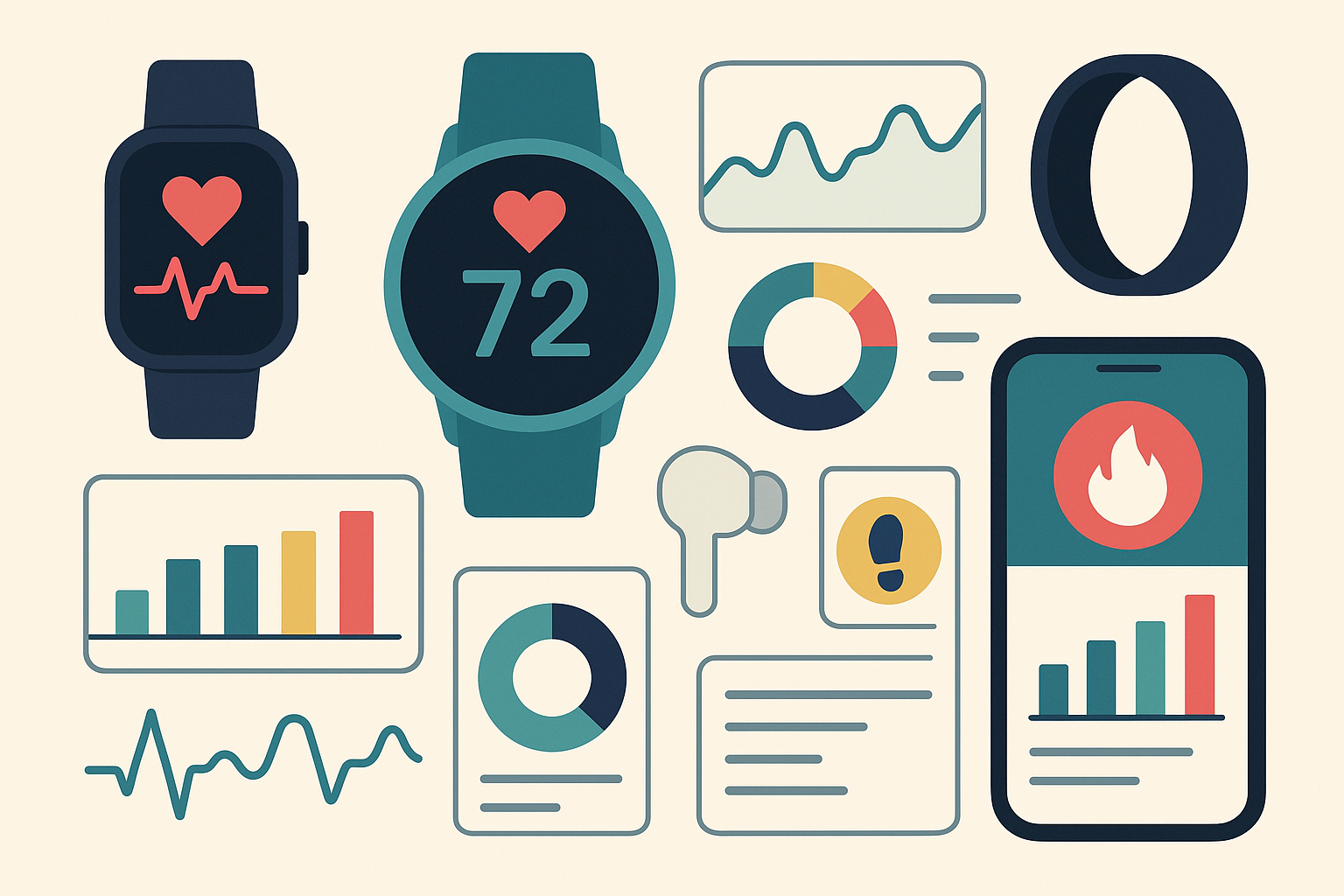
Pay Attention to How You Feel
Some of the newer fitness trackers measure something called heart rate variability (HRV), which basically tells you how recovered you are. When you’re well-recovered, you can push harder and burn more calories. When you’re not, backing off prevents your metabolism from slowing down.
I’ve been paying attention to this for a couple years now, and the data doesn’t lie – when I ignore the signs that I need more recovery and train hard anyway, my calorie burn consistently drops.
<h3
Keep Your Body Guessing
Your metabolism is smart and adapts quickly to whatever you throw at it. If you do the same workout for months, your body gets efficient and burns fewer calories doing it.
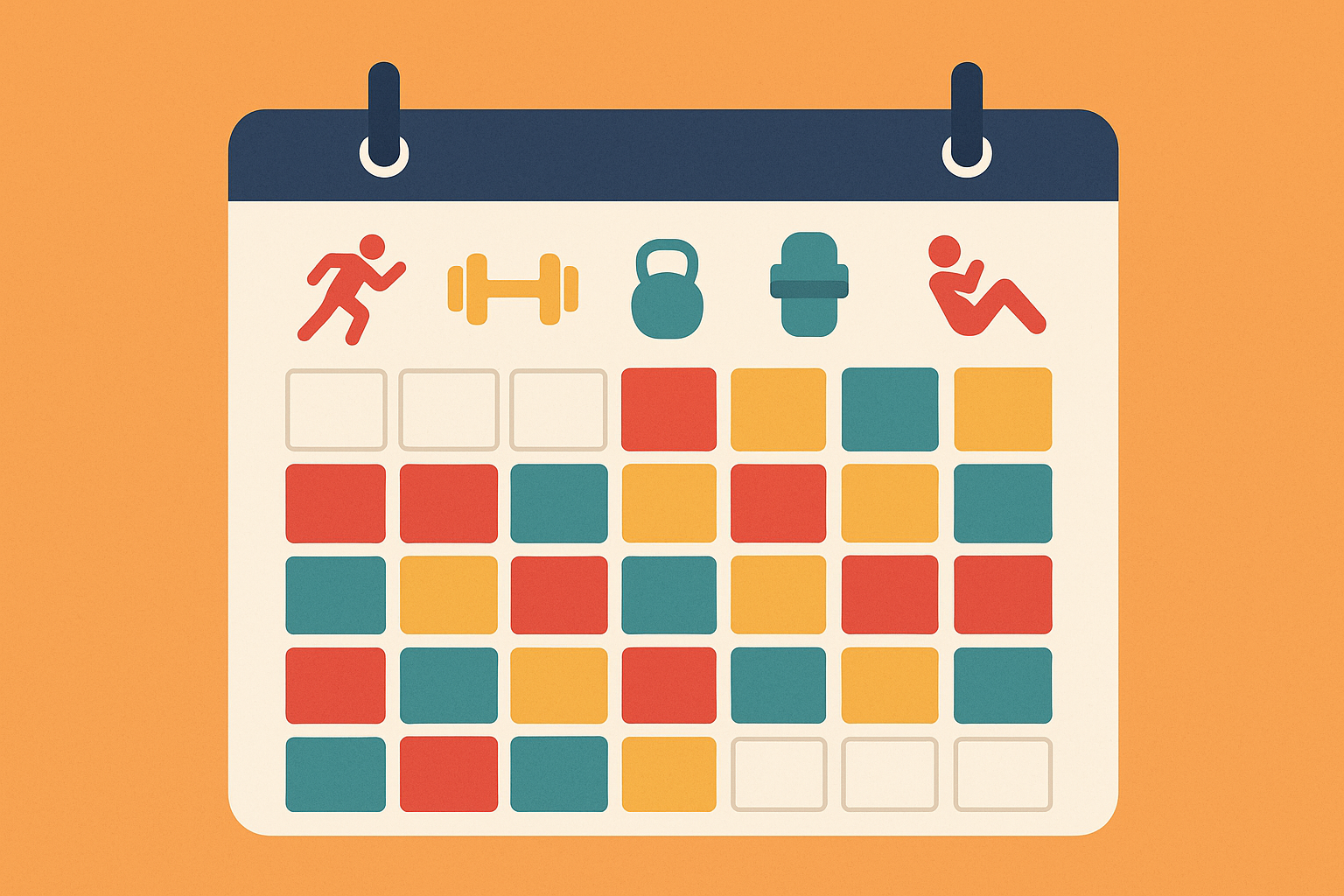
Change Things Up Every Few Weeks
Switching your rep ranges, exercises, or workout structure every 2-3 weeks prevents your metabolism from getting lazy. Your body never gets completely comfortable, which means it keeps burning calories at a higher rate.
Simple Weekly Plan:
- Aim for 2-4 lifting sessions per week
- Focus on compound movements (squats, deadlifts, pull-ups, push-ups)
- Rest about a minute between sets
- Challenge yourself, but don’t go crazy
- Stay hydrated
- Change up your routine every few weeks
- Don’t stress about perfect tracking
Getting Started Steps:
- Pick 4-6 compound exercises you can do safely
- Start with weights that challenge you for 8-12 reps
- Rest about a minute between sets
- Do this 2-3 times per week
- Pay attention to how you feel the day after
- Gradually increase weights or reps as you get stronger
- Switch up exercises every month or so

The Bottom Line
Weight lifting burns more calories than most people realize, but it’s not a magic bullet. You still need to be consistent, eat reasonably well, and have realistic expectations.
The real benefit isn’t just what happens during your workout – it’s the metabolic changes that occur afterward. Your body keeps working, burning calories, and building muscle long after you’ve left the gym.
Here’s what I wish I’d known when I started: don’t get obsessed with the exact numbers. Your fitness tracker will never be perfectly accurate, and that’s okay. Focus on showing up consistently, challenging yourself appropriately, and trusting that your body is doing good work even when you can’t see it.
The science is clear – weight lifting is one of the best things you can do for your metabolism. But only if you actually do it regularly. Start simple, stay consistent, and let the compound effects build over time.
Look, I’m not going to pretend this is going to transform your body overnight. But if you stick with it, you’ll start to notice changes – not just in how you look, but in how you feel and how your body responds to everything else you do. That’s worth way more than any number on a fitness tracker.

